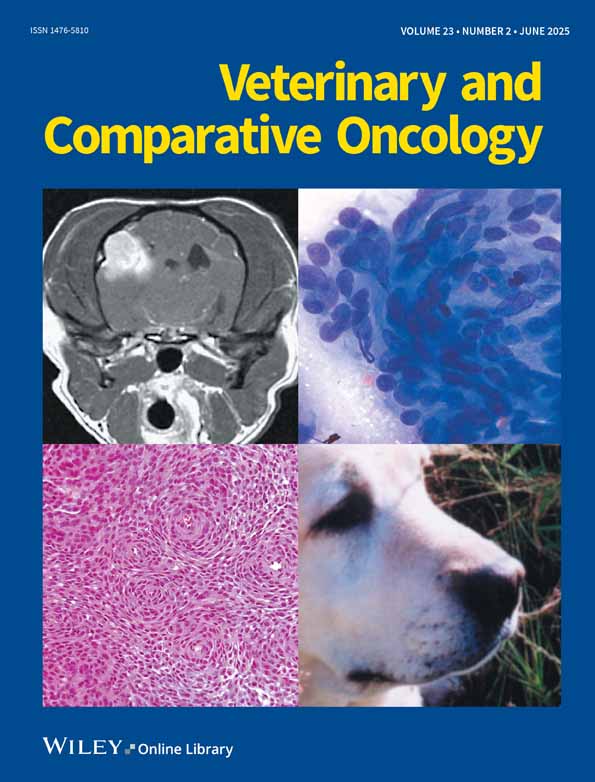The Outcomes and Surgical Complications of Cats With Oral Squamous Cell Carcinoma Treated With Total Glosso-Mandibulectomy: 20 Cases (2008–2022)
Funding: The authors received no specific funding for this work.
ABSTRACT
Feline oral squamous cell carcinoma (FOSCC) is the most common oral malignancy in cats. In general, FOSCC develops rapidly and is highly locally invasive. The existing treatments for treating FOSCC are limited. The objective of this single-centre retrospective cohort study was to report the prognosis and surgical complications in cats that underwent total glosso-mandibulectomy (TGM) for feline oral squamous cell carcinoma (FOSCC). We investigated the medical records of 20 cats diagnosed with FOSCC by histopathologic examination and treated with TGM. The locations of FOSCC were in the mandible and tongue in 12 and 8 cats, respectively. All cats underwent percutaneous endoscopic gastrostomy. Postoperative complications of TGM were observed in 18 (90.0%) cats; incisional swelling was noted in 11 cats, including three cats with airway obstruction requiring management by tracheal intubation for several days. Postoperative anaemia was observed in 10 cats; two cats required blood transfusions. No cats died during the postoperative period. Progression-free interval (PFI) and overall survival time (OST) were 914 and 533 days, respectively. The 1- and 2-year survival rates were 50.2% and 37.8%, respectively. On univariate analysis, only histopathologic margin was associated with PFI and OST. TGM was successful in achieving long-term survival for FOSCC. Conversely, lifelong nutritional support via a gastrostomy tube and routine home care, including the removal of secretions from the palate and throat, was needed. There were no perioperative deaths, but serious complications occurred in some cats. The histopathologic margin was an important prognostic factor.
Conflicts of Interest
The authors declare no conflicts of interest.
Open Research
Data Availability Statement
The data that support the findings of this study are available from the corresponding author upon reasonable request.




